May 22, 2025 | 16:05 GMT +7
May 22, 2025 | 16:05 GMT +7
Hotline: 0913.378.918
May 22, 2025 | 16:05 GMT +7
Hotline: 0913.378.918
The Hung Ha district in Thai Binh province has arranged several groundbreaking topics regarding the advancement of science and technology in agricultural production. Investors and signed a cooperation agreement for rice production and export to the Japanese market.
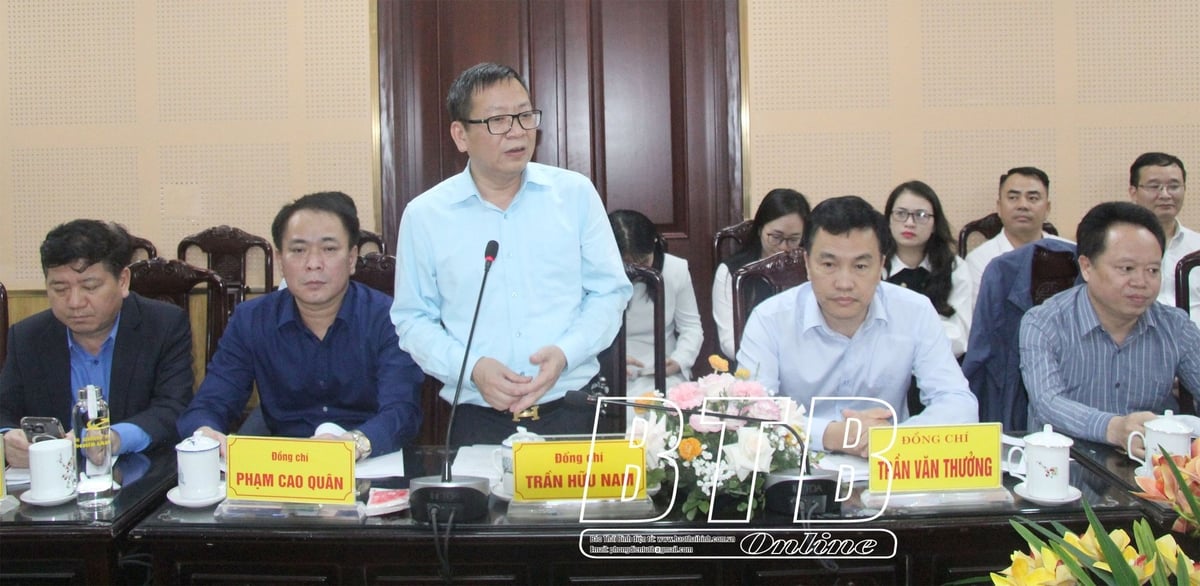
Hung Ha District Party Secretary Tran Huu Nam (standing) speaks at the conference. Photo: Thai Binh Newspaper.
Following the Politburo's Resolution No. 57, Tran Huu Nam, Secretary of the Hung Ha District Party Committee, underscored the scientific and technological advancements in agricultural productivity at the conference.
Consequently, the district will concentrate on fostering political determination, innovating mindsets, and elevating awareness in order to generate new momentum for the advancement of science, technology, innovation, and digital transformation. The district's objective is to foster the integration of advanced technology into agricultural production and to cultivate a workforce of exceptional quality to satisfy the demands of rural and agricultural modernization.
Over 10,300 hectares of rice cultivation are present in the area, according to authorities of the Hung Ha district, which indicates that there is substantial potential for agricultural development. With an area of 700 hectares, Quang Trung commune is the largest of the group. Totaling 5,600 hectares, the district has designated rice production areas that include two zones of 100 hectares or more, three zones of 60 to under 100 hectares, and three zones of 20 to 40 hectares.
At present, Japanese rice cultivars are being cultivated on 300 hectares of rice fields in Hong Linh, Hoa Binh, Thong Nhat, Quang Trung, Chi Hoa, Van Lang, Doc Lap, Lien Hiep, Tien Duc, Hung Nhan town, and Hoa Tien. Furthermore, the district boasts over 1,000 hectares of riverside land that has potential for high-quality agricultural development.
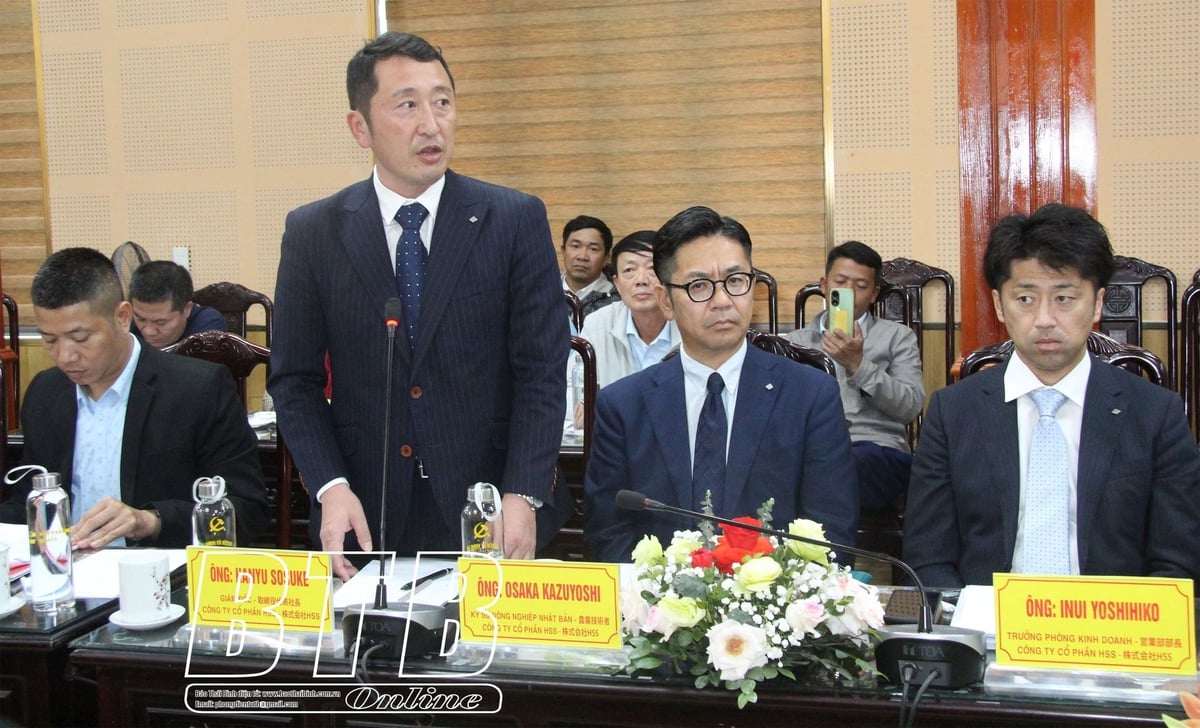
Representative of HSS Company (Japan) signed a cooperation agreement to purchase rice products of Hung Ha district. Photo: Thai Binh Newspaper.
Hung Ha District executed a cooperation agreement with Japanese partners, including THA Agriculture and Trade Joint Stock Company, HSS Joint Stock Company, and Besia Joint Stock Company, during the conference. The agreement stipulates that THA Company will be accountable for the production of rice that satisfies Japanese standards, HSS Company will purchase and distribute rice to retail systems in Japan, and Besia Company will utilize the rice to manufacture consumer products.
By 2025, the district of Hung Ha intends to export 2,000 tons of rice to Japan and supply 1,000 tons to the domestic market. In order to achieve an objective of 2,500 hectares by 2030, the district intends to increase the cultivation of Japanese rice varieties by 300 hectares annually. The expected revenue is 100 million USD, and the district intends to export 10,000 tons of rice.
In order to accomplish these objectives, the district will persist in the development of production areas that adhere to export standards, the organization of training sessions and the transmission of scientific and technical knowledge to farmers through collaboration with businesses, and the investment in production infrastructure. Simultaneously, the district is dedicated to assisting businesses, resolving implementation challenges, and guaranteeing the efficient and sustainable production and export of rice.
Translated by Linh Linh
![Reducing emissions from rice fields: [3] New values generated from carbon credit](https://t.ex-cdn.com/nongnghiepmoitruong.vn/608w/files/content/2025/05/19/dsc09613-144700_71-150957.jpg)
(VAN) In addition to helping safeguard the environment, the low-emission rice cultivation model also generates new opportunities for farmers by leveraging the carbon credit market.
![Ho Chi Minh city adapts to climate change: [1] Vulnerable in the whirlwind of development](https://t.ex-cdn.com/nongnghiepmoitruong.vn/608w/files/duyenht92/2025/05/19/3131-ngap-nongnghiep-163121.jpg)
(VAN) As the country's economic engine with a rapid urbanization rate, Ho Chi Minh city is facing increasingly serious consequences of climate change.
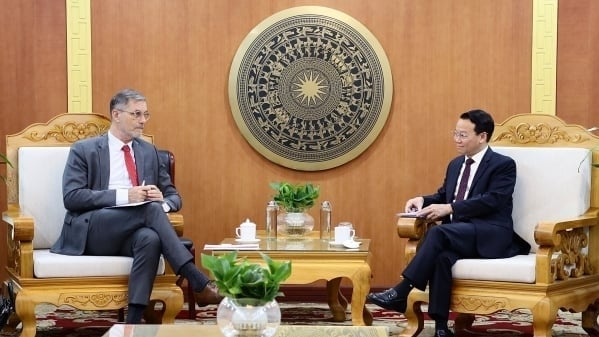
(VAN) On May 21, Minister of Agriculture and Environment Do Duc Duy worked with Mr. Olivier Brochet, Ambassador Extraordinary and Plenipotentiary of the French Republic to Vietnam.

(VAN) VRG recently conducted a visit and working trip to the United States to demonstrate its efforts in redefining the role of rubber enterprises in the global value chain.
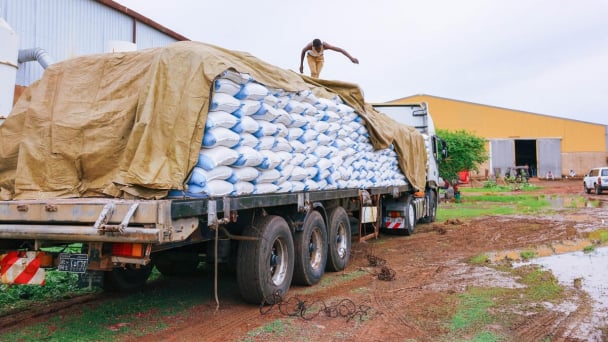
(VAN) In 2024, over 295 million people across 53 countries and territories faced acute hunger—an increase of almost 14 million people compared to 2023, while the number of people facing catastrophic levels of hunger reached a record high.
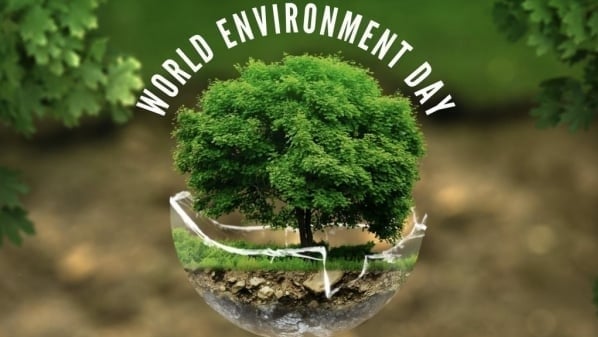
(VAN) World Environment Day 2025 (June 5) carries the theme 'Beat Plastic Pollution' continuing to emphasize the global urgency of addressing the plastic waste crisis.
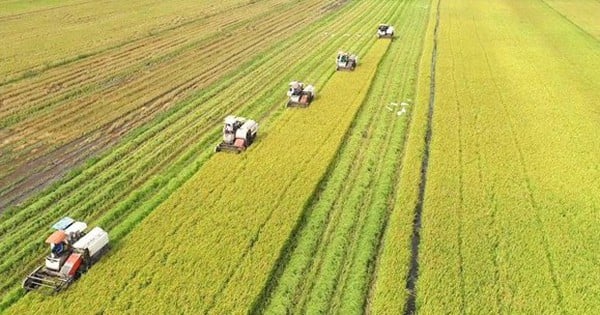
(VAN) This was the assessment shared by experts at the workshop titled 'Assessing the Role and Potential of Low-Emission Rice Production Systems in Vietnam,' held on the morning of May 19.